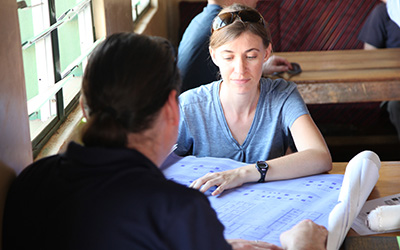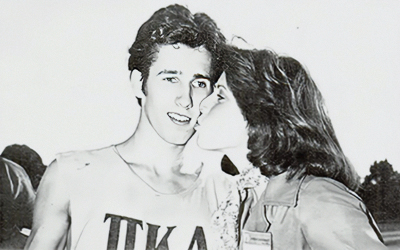From painting orcs to racing dirt bikes, Auburn professors have hobbies as varied as their areas of expertise
Peter Stanwick, on the other hand? Pastime doesn’t do it justice. Heck, after 54 years, calling his colossal collection a passion probably doesn’t even cover it. (His wife might go with “plague.”)
Kevin Smith’s students don’t even know about his weekend double life. Maybe they have noticed some extra muscle tone lately, but he’s mostly managed to keep his recent adrenaline addiction under wraps.
But practically the entire neighborhood knows what David Timm’s up to out there on clear nights.
Here’s a look at four Auburn professors who, as it turns out, are people with pastimes and passions like the rest of us. Pastimes and passions pursued entirely outside the classroom. Pastimes and passions that, given their day jobs and expertise, might come as a surprise.
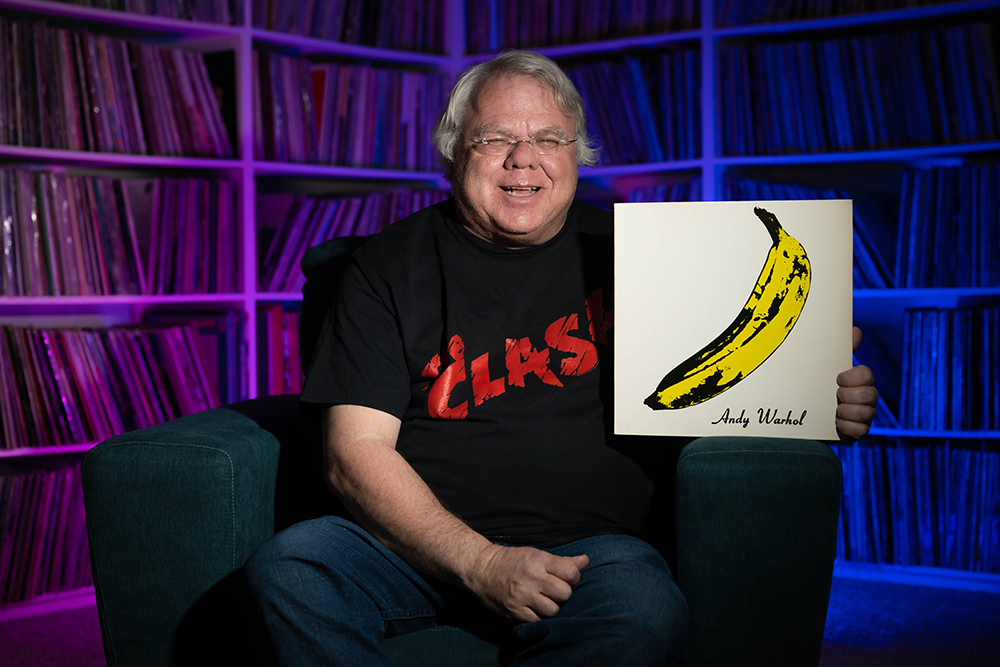
In March, Stanwick, a professor in the Raymond J. Harbert College of Business since 1993, celebrated the 20th anniversary of his Auburn campus radio show on WEGL, “’80s Rewind.” The kids these days download the songs they want to play and then upload them into a digital audio library. Not Stanwick. He puts his back into it. He still lugs his weekly playlist in the doors in crates. Could anyone tell if he just popped in a thumb drive? Maybe. Maybe not. But Peter could. It is, he says, the principle of the thing.
Google around about the recent resurgence in vinyl records, and you’ll see audiophiles pretending that music sounds better on vinyl, sure. But most folks just credit it to something they call the connection. Maybe it’s the work that goes into it—the best practices of careful storage, of avoiding scratches, the magical sonic surgery of pulling songs from polyvinyl chloride with a needle. Maybe it’s the sense that watching a record spin is kind of like its own little performance. But vinyl, so the theory goes—and so Stanwick swears—allows music lovers to–somehow, some way–feel connected to the music they love more than any other medium.
Yes, he pays for a streaming music subscription. But only the family uses it, not him. It’s just not his style. Spotify doesn’t give you liner notes, it doesn’t show you what’s on the back cover, or what color the vinyl is. For Stanwick, music isn’t something to enjoy just with your ears. You do it with your ears and your eyes and your hands and your mind. And your wallet. And your basement.
“We made custom shelving for the records, for the music room. But we’re almost at full capacity with those shelves,” Stanwick said. “I don’t really know what Plan B is. I also have 5,000 CDs.”
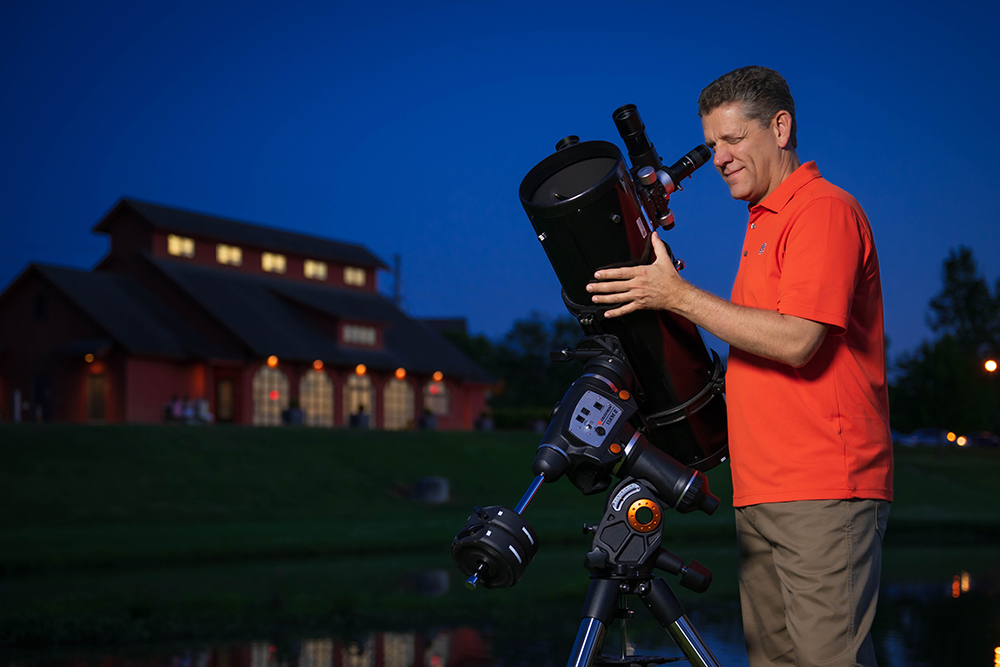
“They’ll dim their headlights for me to help maintain the dark sky.”
And dark skies are important for astrophotography. Which is exactly what it sounds like. And thanks to the astronomical advances in technology over the last decade or so, this type of dark-sky photography has become very popular.
Timm’s been at it for a decade and he and his scopes and digital cameras are slowly working their way through the Messier Catalog, a 250-year-old list of 110 cosmos Kodak moments. At last count, Timm has logged 70, some multiple times, like the Orion Nebula, his favorite.
Producing stunning images of the night sky and all its nearby nebulae has never been easier. Still, if you’re serious about it, it’s not exactly the simplest hobby. First you must align the telescopes and camera mounts to the celestial pole to counter the earth’s rotation. Then, collect the raw images—the deep sky objects sometimes in exposures as long as five minutes, the solar system stuff sometimes at 80 frames per second—and then stack and process the heck out of them with various astro-friendly apps. It all takes a lot of time. But he does it as often as life and work and clear skies will allow. The finished product? Always worth it.
“There’s just so much beauty to be found out there,” Timm said. “Most of which is invisible to us without a telescope.”
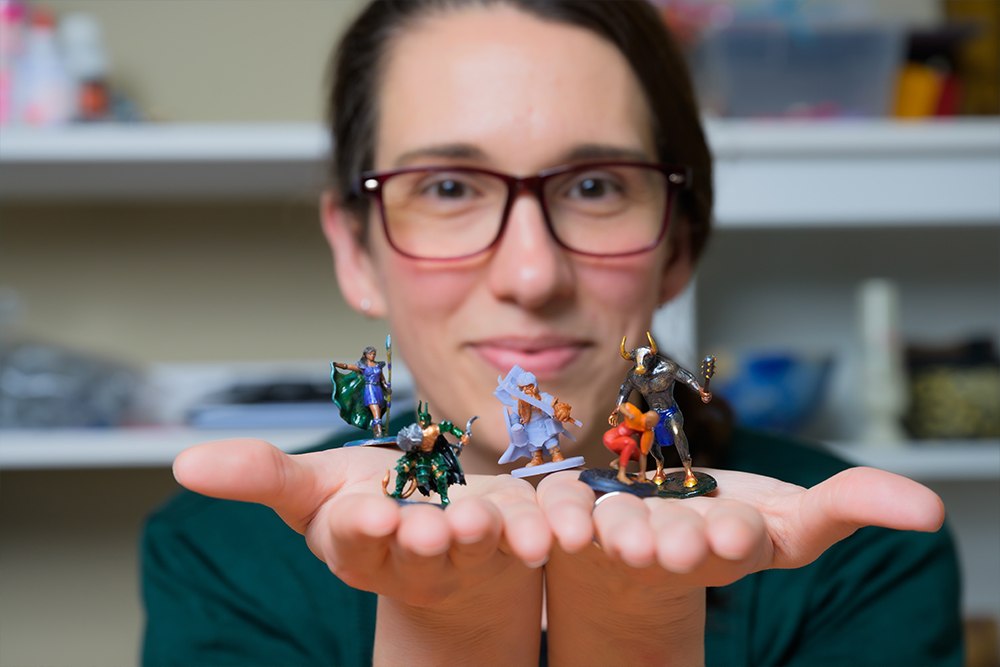
“My job is really intellectually challenging, and I find myself constantly thinking about the problems I’m working on,” she said. “But this—this is something with straightforward parameters. I can just immerse myself mentally with this one thing.”
And, yes, it is a thing. “Miniature painting”—that’s how the bloggers who write about it and the companies who produce branded paints for it refer to the activity. Be it by simple base coating and highlighting, or more advanced stuff like layering, blending and wet blending, Tan uses tiny brushes with “Silver Dragon” or “Merfolk Turquoise” or “Fire Newt Orange” paint colors and paints tiny orcs, dwarves and dragons. Or whatever other fantasy archetypes populate tabletop roleplaying lore. The painting has practically become a pursuit in itself, separate from the games, which Tan has only now gotten into because of the painting.
“D&D was always on the periphery of my life, and a lot of my friends play,” Tan said. “I had done a few one-off (games) without getting too heavily into it. But then I was reminded that this figure painting component existed. I was invited to a group and joined a campaign, but I wasn’t cool enough to play D&D growing up.”
But she’s determined her kids will be. “I’m creating a campaign for them to do this summer.”
Which means it’s probably time to order more elven armor.
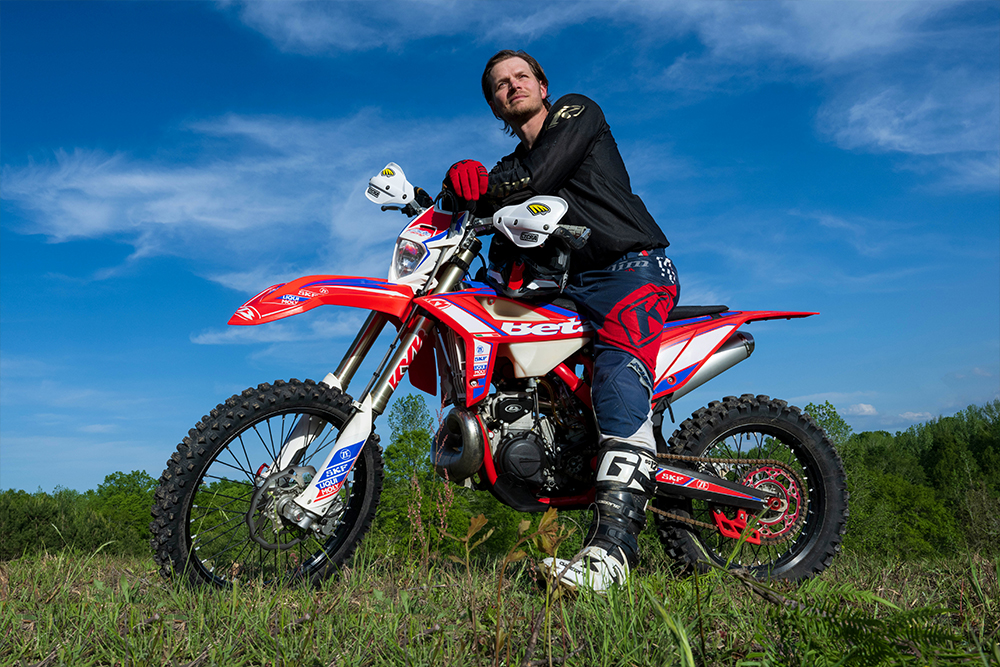
Second place is good right? That’s what he got in the Southern Off-Road Championship Series. There were around 20 entrants in his division and he and the Wombat—that’s what he and his wife call his bike just because it sounds cool—beat out 18 of them.
He started riding never intending to race. He’d gotten a motorcycle for his campus commute a few years back, and he’d done some dirt biking with friends out in Colorado. Then one day he decided to combine the experience. He pulled the trigger on a dirt bike and found some folks to ride with.
“I was kind of looking for something more,” he said. He wasn’t alone. And from a Church of the Highlands small group of thrill seekers sprang a local community of riders who joyfully spend their weekends straining muscles they didn’t know they had on a five-mile trail on a member’s nearby piece of property. Or, nowadays, at an officially sanctioned race.
Smith has done a few races. He has also once placed third. But we won’t talk much about what happened in February in muddy Mississippi.
“It rained seven inches the night before and there was this giant, muddy rut that just ate my bike,” Smith said. “The mud was so thick that the back end was straight up. That was a first.”
He was stranded for a little while, he says. But at least he wasn’t bored.
Building Hope: Disaster Relief Architecture & Design
Combining faith and design, disaster response architect Sarah Elizabeth Dunn ’03 builds shelters for disaster-stricken communities around the world.
Harold Franklin Reflects on Integration 50 Years Later
Fifty years ago, unsure of his safety, a tall, soft-spoken Black man walked alone across the Auburn campus to register for classes.
Auburn Love Stories: How They Met
From blind dates to football games to chance meetings in the classroom, Auburn alums reflect on how they found love and everlasting romance on the Plains.
Building Hope: Disaster Relief Architecture & Design
Combining faith and design, disaster response architect Sarah Elizabeth Dunn ’03 builds shelters for disaster-stricken communities around the world.
Harold Franklin Reflects on Integration 50 Years Later
Fifty years ago, unsure of his safety, a tall, soft-spoken Black man walked alone across the Auburn campus to register for classes.
Auburn Love Stories: How They Met
From blind dates to football games to chance meetings in the classroom, Auburn alums reflect on how they found love and everlasting romance on the Plains.
